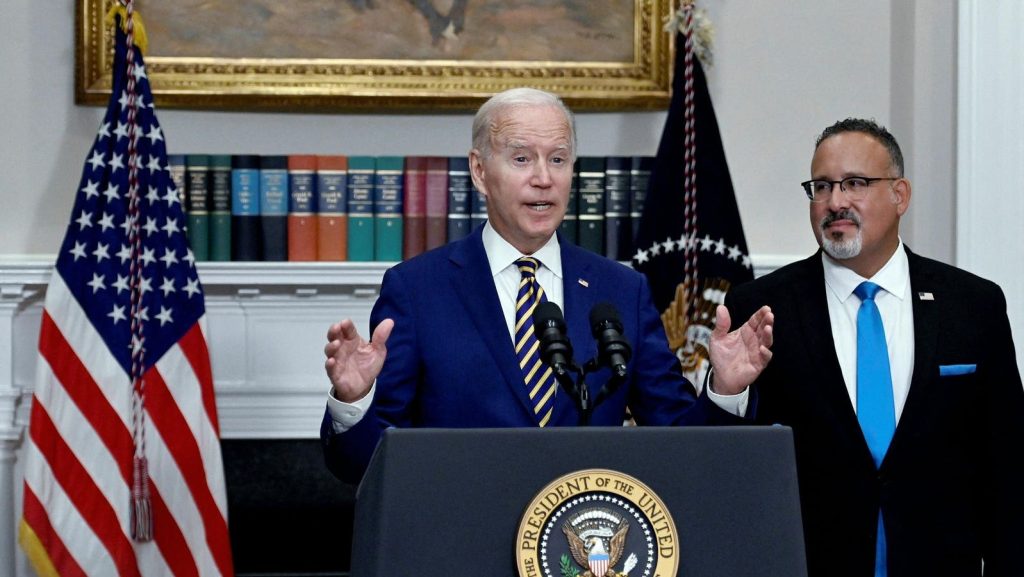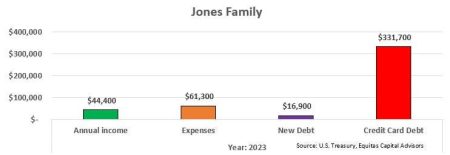The Education Department has released formal regulations for President Joe Biden’s new student loan forgiveness plan, potentially providing relief for millions of borrowers. Unlike Biden’s previous initiatives, many borrowers could see complete cancellation of their student loans. The new plan offers multiple pathways to relief based on loan history, school attended, and personal and financial circumstances. The department estimates that over 30 million borrowers could receive relief under the Biden-Harris Administration, including those already approved for forgiveness under previous initiatives.
One key aspect of Biden’s plan is automatic cancellation of excess interest for 25 million borrowers whose interest is growing faster than they can pay it down. Borrowers could qualify for up to $20,000 in student loan forgiveness if their loans exceed the initial amount due to excess interest accrual. Additionally, borrowers enrolled in income-driven repayment plans could receive full forgiveness of accrued or capitalized interest if they meet specific income thresholds. The department stated that no application would be needed for borrowers to receive this relief if the proposed plans are implemented.
Another proposed rule under Biden’s plan would provide student loan forgiveness for borrowers who entered repayment 20 or 25 years ago, depending on the type of loans and when they entered repayment. The Education Department estimates that around 2.6 million borrowers could qualify for complete loan forgiveness under this rule. Additionally, borrowers who qualify for student loan forgiveness through other programs but have not yet enrolled could be eligible for relief under the new regulations, potentially benefitting 1.7 million borrowers.
Biden’s plan also includes provisions to cancel student debt for borrowers who attended institutions of low financial value, those experiencing personal and financial hardships, and those with loans that would be eligible for other forgiveness programs but have not enrolled. The final rules for these pathways to relief are still being developed, and borrowers may need to submit an application for some forms of forgiveness. The Education Department indicated that more information on the application process will be released in the coming months.
With the final regulations now published, the public has a 30-day window to submit comments on the proposed student loan forgiveness plan. The Education Department aims to finalize the rules in time to begin delivering relief to borrowers by the fall. However, it is expected that the plan may face legal challenges that could impact whether borrowers ultimately receive loan forgiveness. While the program is being established through a different legal authority than previous initiatives, the courts may have the final say on the fate of the loan forgiveness program.
















